The Kettle Shed visits a tea plantation!
At the end of December, a Kettle Shed dream came true. The Kettle Shed Tea Lady and Darcy Rae (who has her very own tea named after her, Darcy’s Delights!) visited a tea plantation and it was really rather magical.
The Araksa Tea Plantation in Chiang Mai, Thailand is a small and beautiful plantation on a hill. It produces stunning tea leaves called, Camellia sinensis. There are two types of Camellia sinensis: sinensis for Chinese teas, and assamica for Indian Assam teas. The assamica leaves are used to make the well known Assam tea, which is a black tea named after the largest tea growing region in India. At Araksa Tea Plantation, they grow assamica leaves.
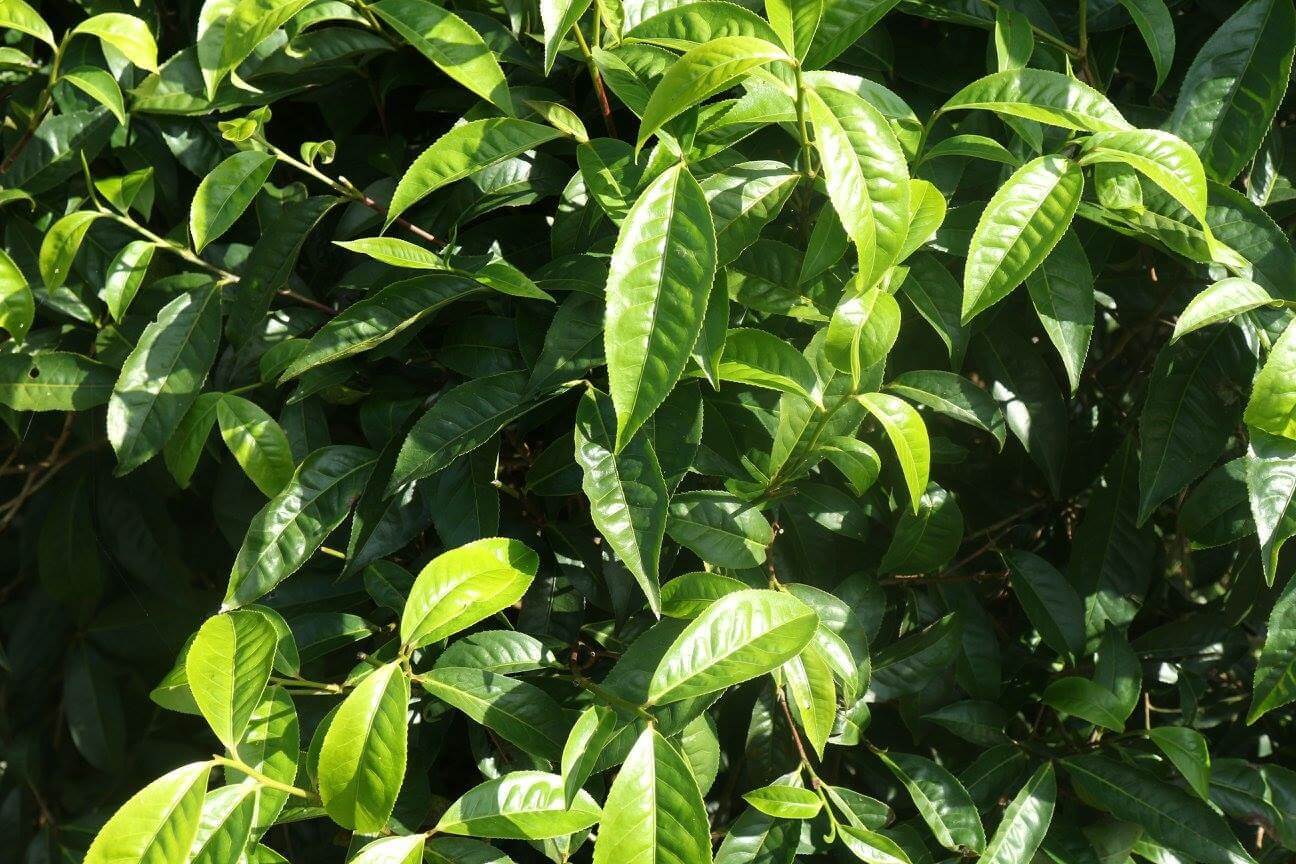 We wanted to get the full experience, so we went on the 2 hour tour of the plantation. It was very hands on as the incredible tour guides showed us the entire tea process from picking to producing tea leaves ready to drink.
We wanted to get the full experience, so we went on the 2 hour tour of the plantation. It was very hands on as the incredible tour guides showed us the entire tea process from picking to producing tea leaves ready to drink.
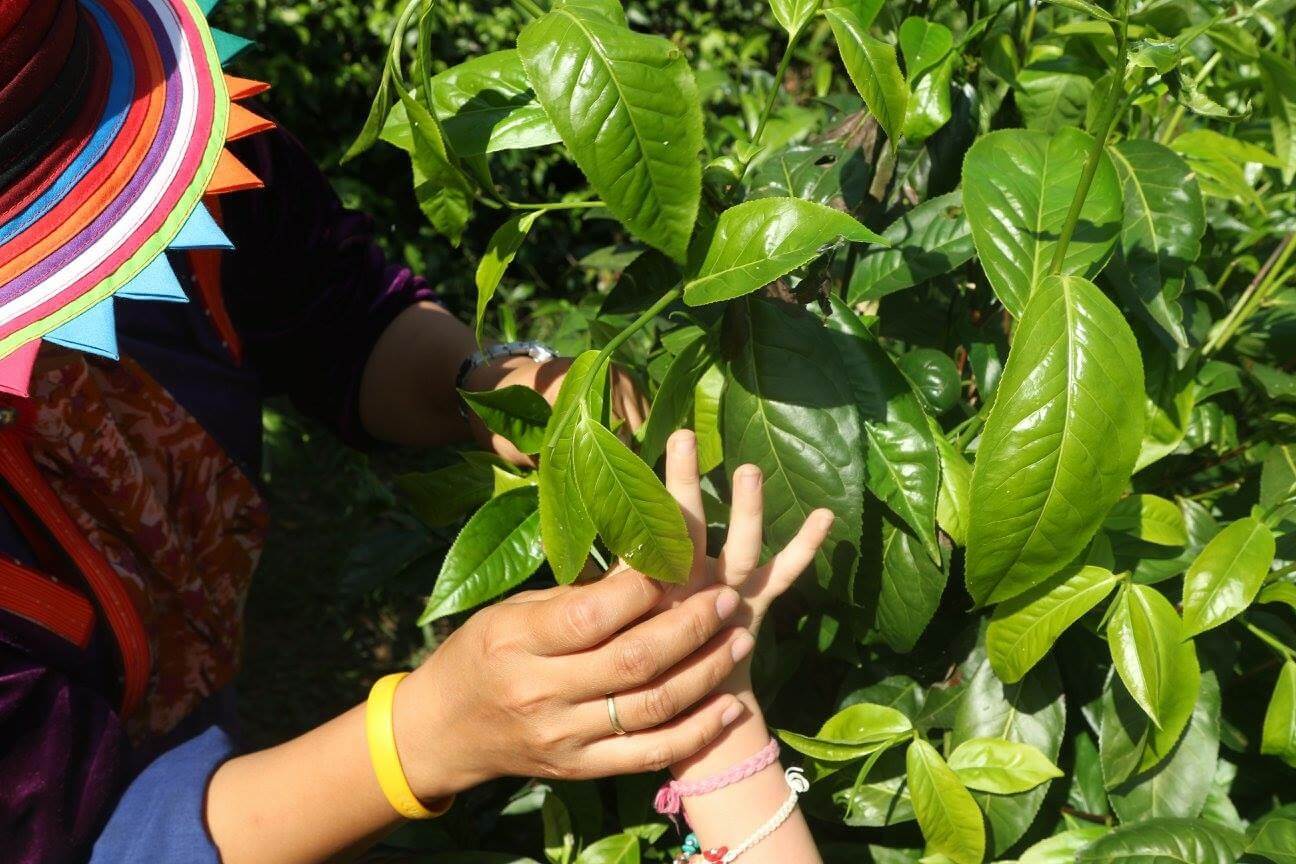
Excited to get started, the resident plucker lead us to the tea leaves, where she showed us how to pluck. Walking among the tea plants, with bamboo cases on our backs, we gently picked the tea leaves, dreaming about owning our very own tea plantation.
With our bamboo cases full, we headed back to the roasting station with our harvest where we weighed our pickings and were shown the next crucial steps to make our very own green tea.
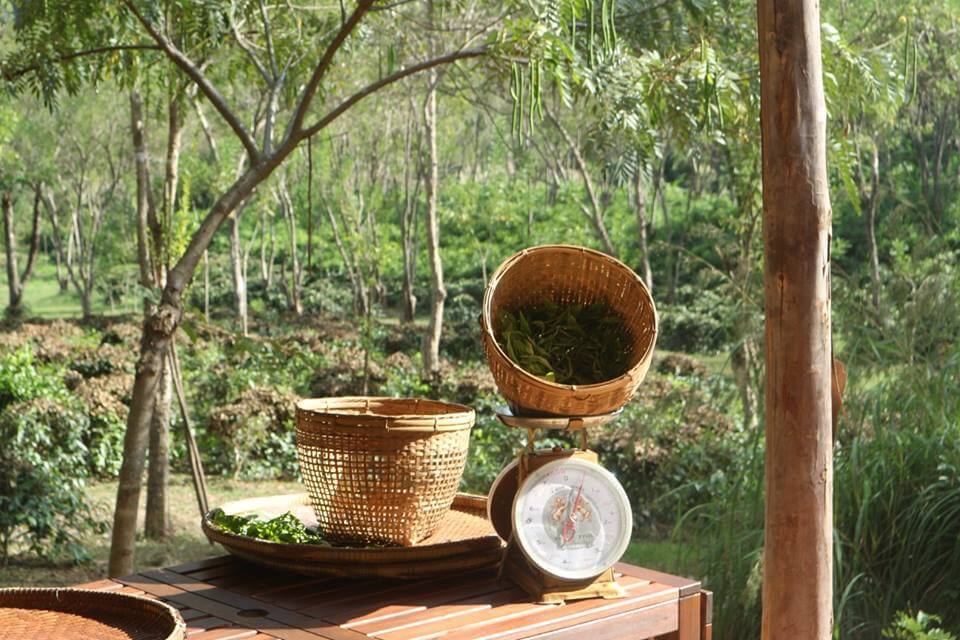
To make the green tea we all know and love, the leaves underwent a short withering process before we steamed them in a large pan, moving them around quickly to lock in the flavour and not over cook them.
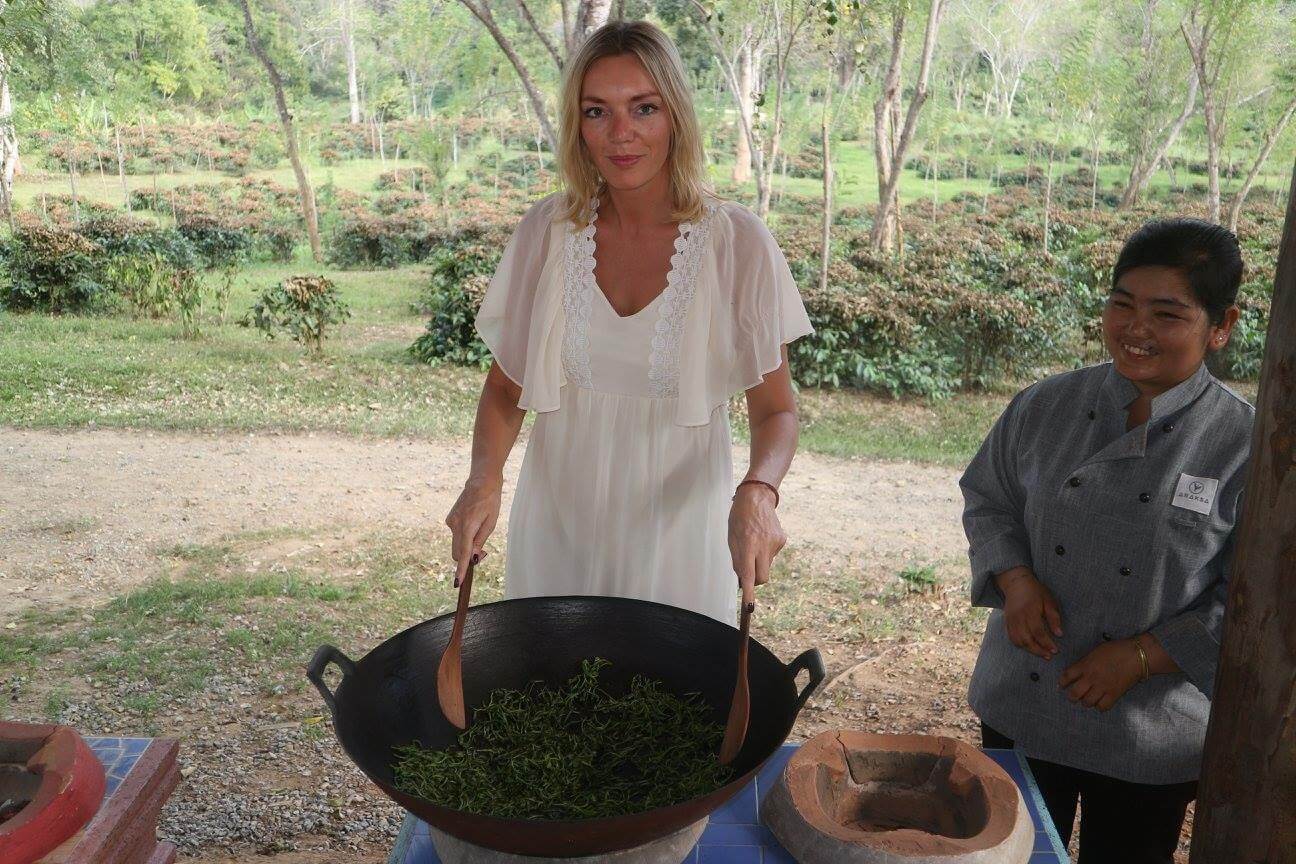
When the leaves had cooled, we then started rolling, pressing and twisting them with our hands. It was really therapeutic sitting in the plantation, listening to the birds singing and all rolling the tea together.
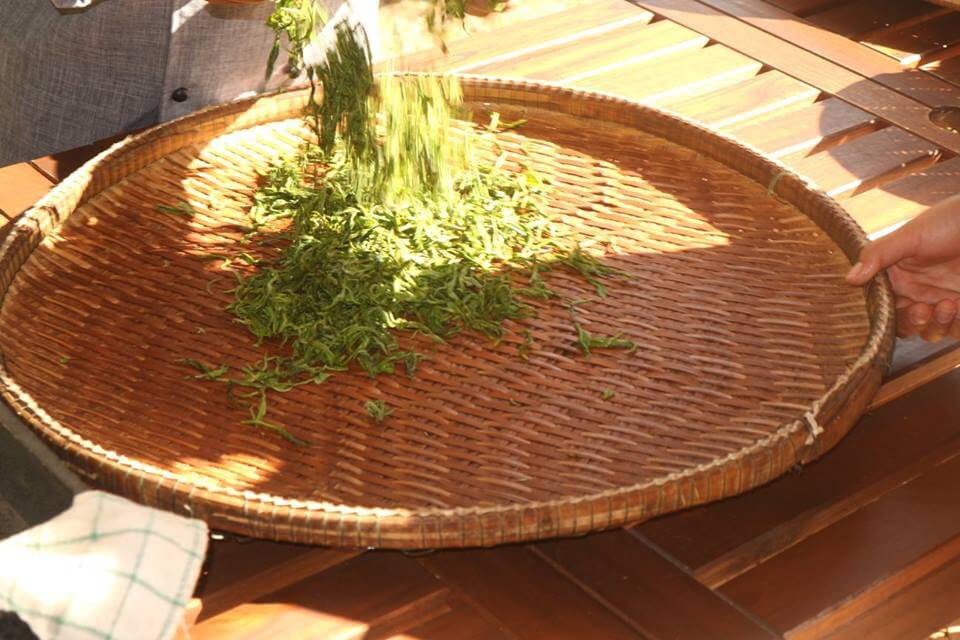
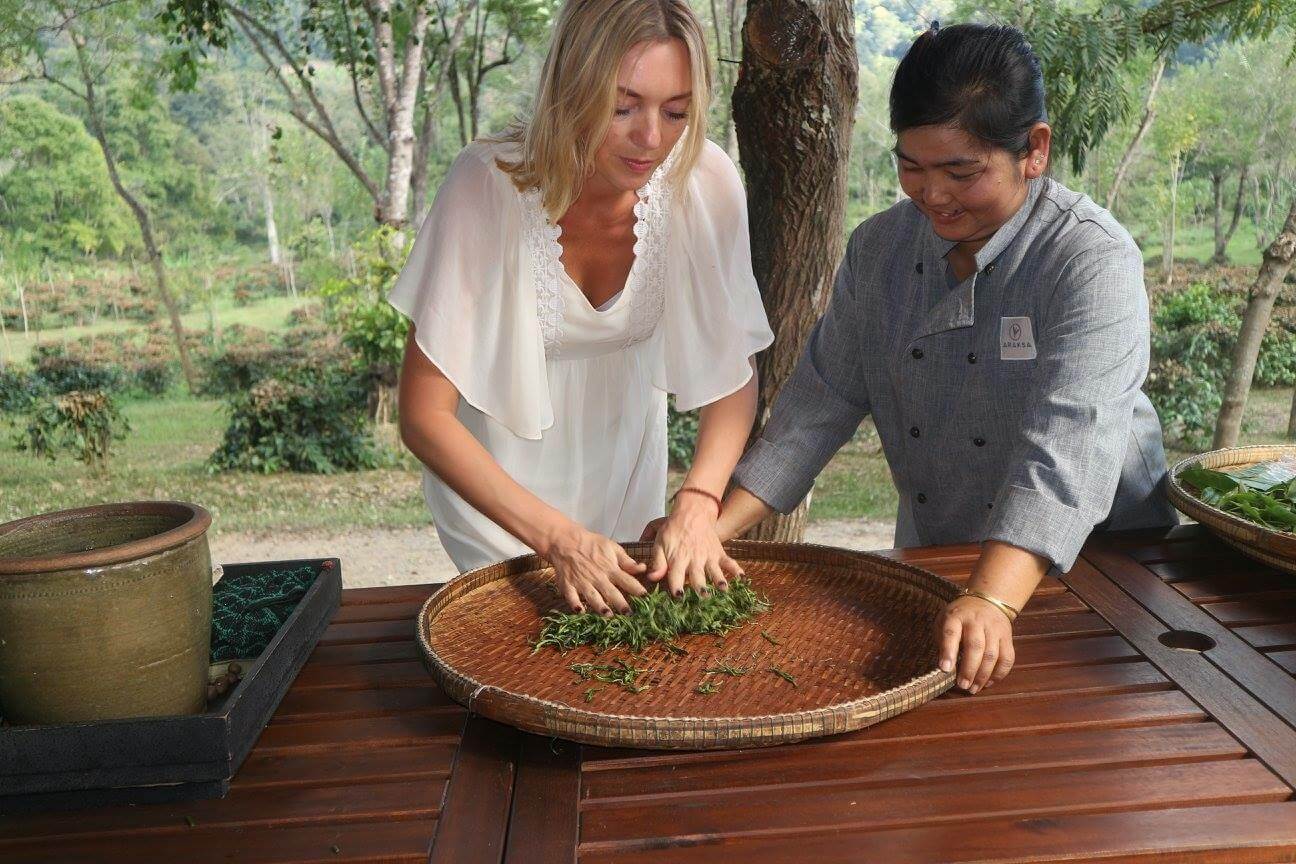
Unlike black tea, green tea does not undergo an oxidation process. To make black tea, the leaves are oxidised (which is often erroneously called ‘fermentation’). Leaf oxidisation, induced by controlled temperature and humidity, determines the quality of the tea, infusing the leaves with caffeine and causing them to darken.
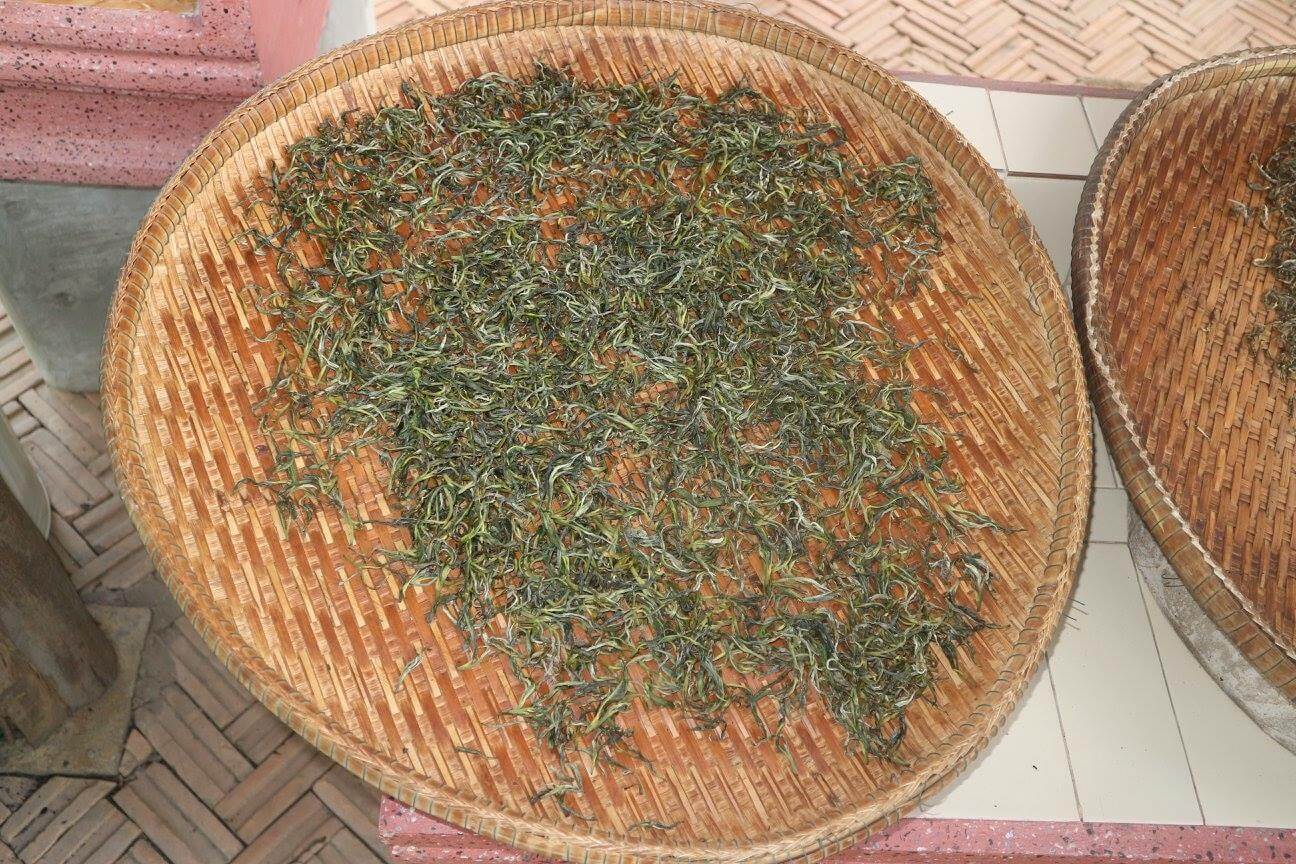
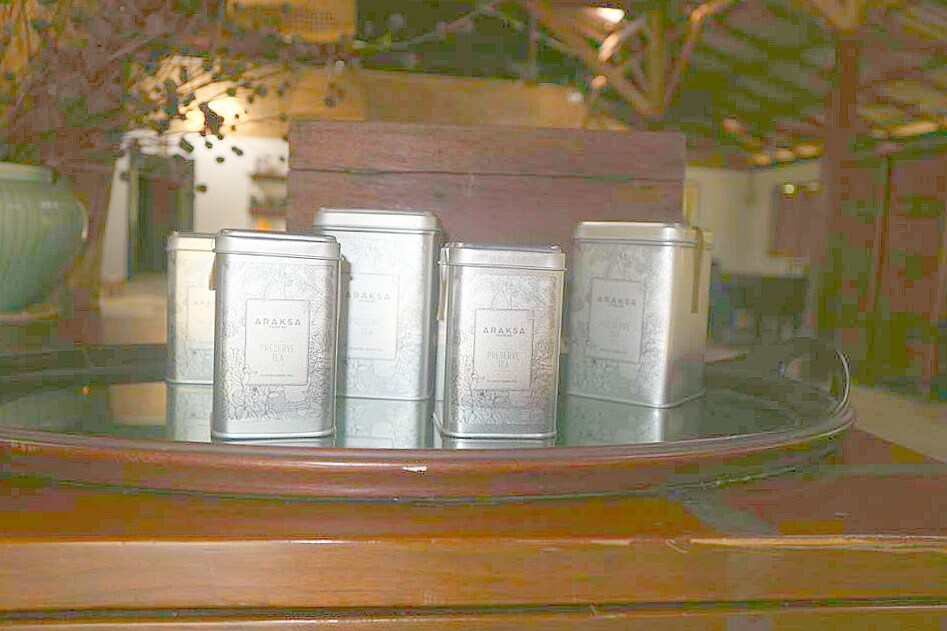
After we had prepared the green tea leaves, we were then ready to do what we do best, brew a cup of the freshest tea! It tasted divine, even more so, knowing that we’d been a part of the entire tea leaf process!
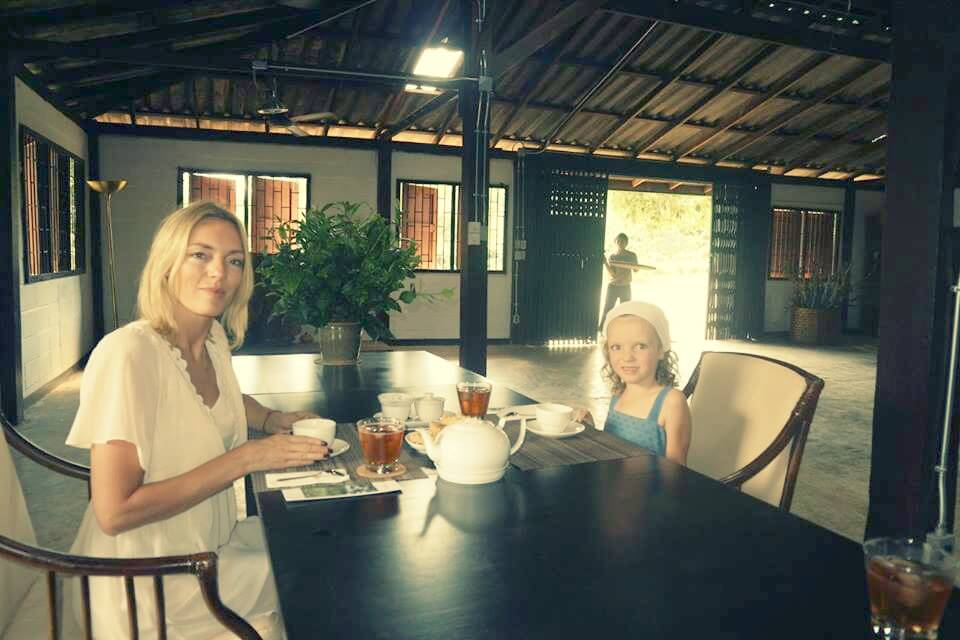
If you are a tea fanatic or simply want to try something new, then we would encourage you to visit a tea plantation. We came away utterly inspired, motivated and eager to show you all how the process of tea is made. Who knows, maybe one day we’ll be able to set up a Kettle Shed tea workshop!
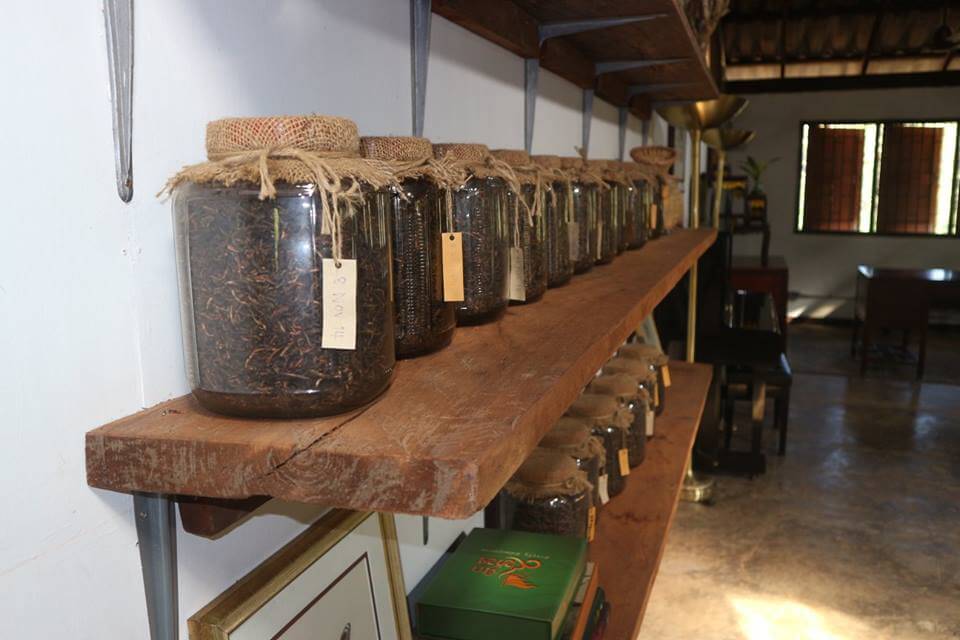
Remember, at The Shed, we really do ‘Give A Cup’! Which is why every time you buy a box of tea, we donate tea directly to homeless shelters across the UK. Our packaging is made from recycled cardboard and our fuso tea bags are biodegradable so we don’t harm the planet.
The Kettle Shed Twitter: @thekettleshed
The Kettle Shed Facebook: https://www.facebook.com/thekettleshed
LinkedIn: https://www.linkedin.com/company/the-kettle-shed
Instagram: https://instagram.com/thekettleshed/
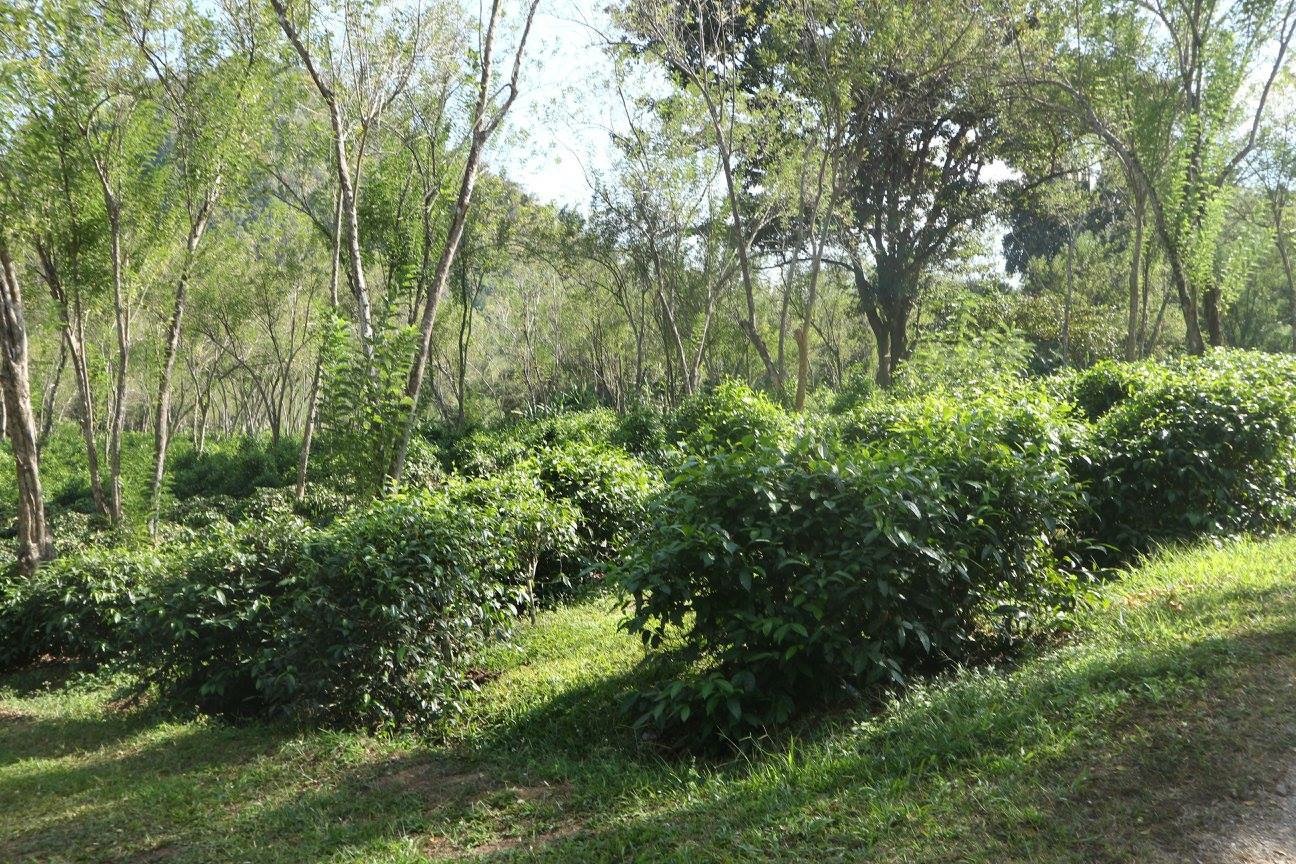
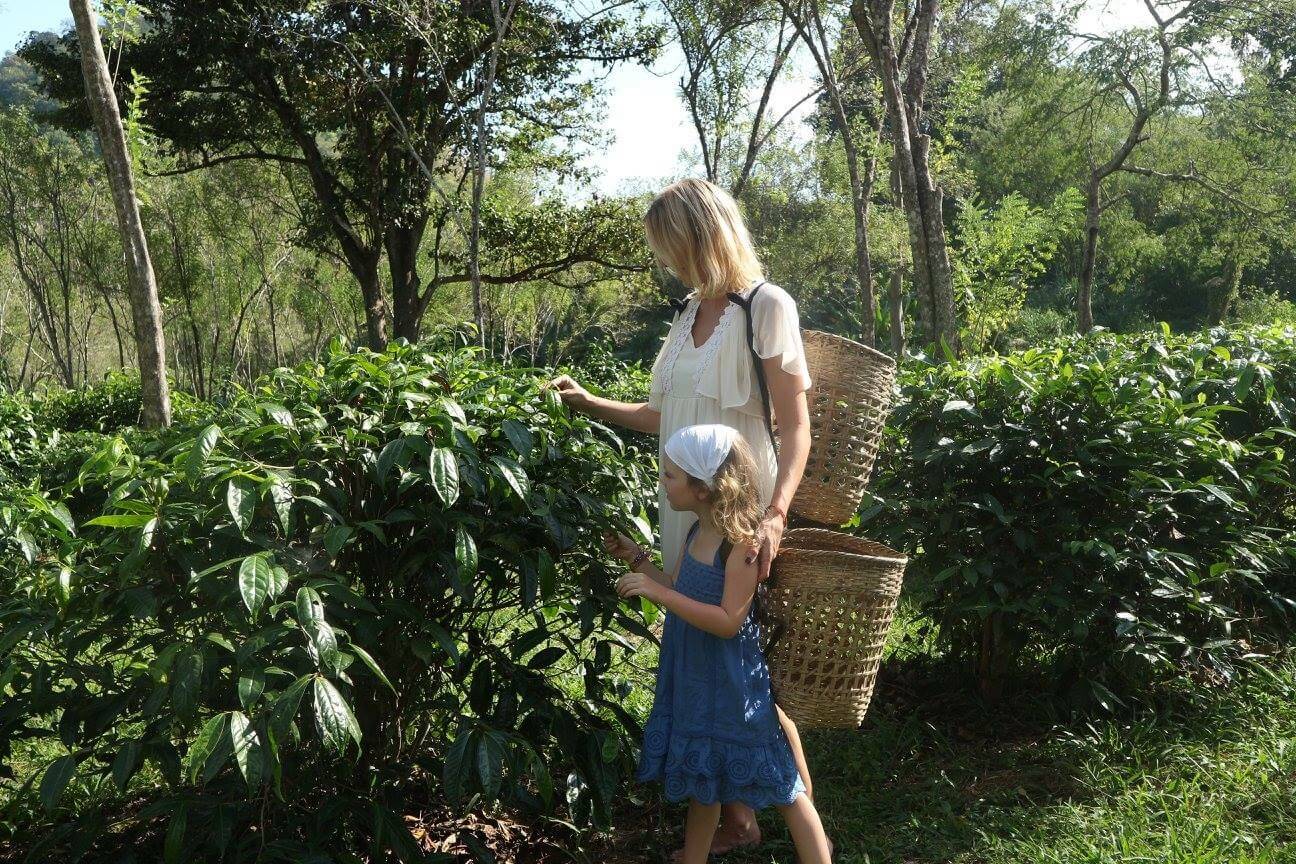
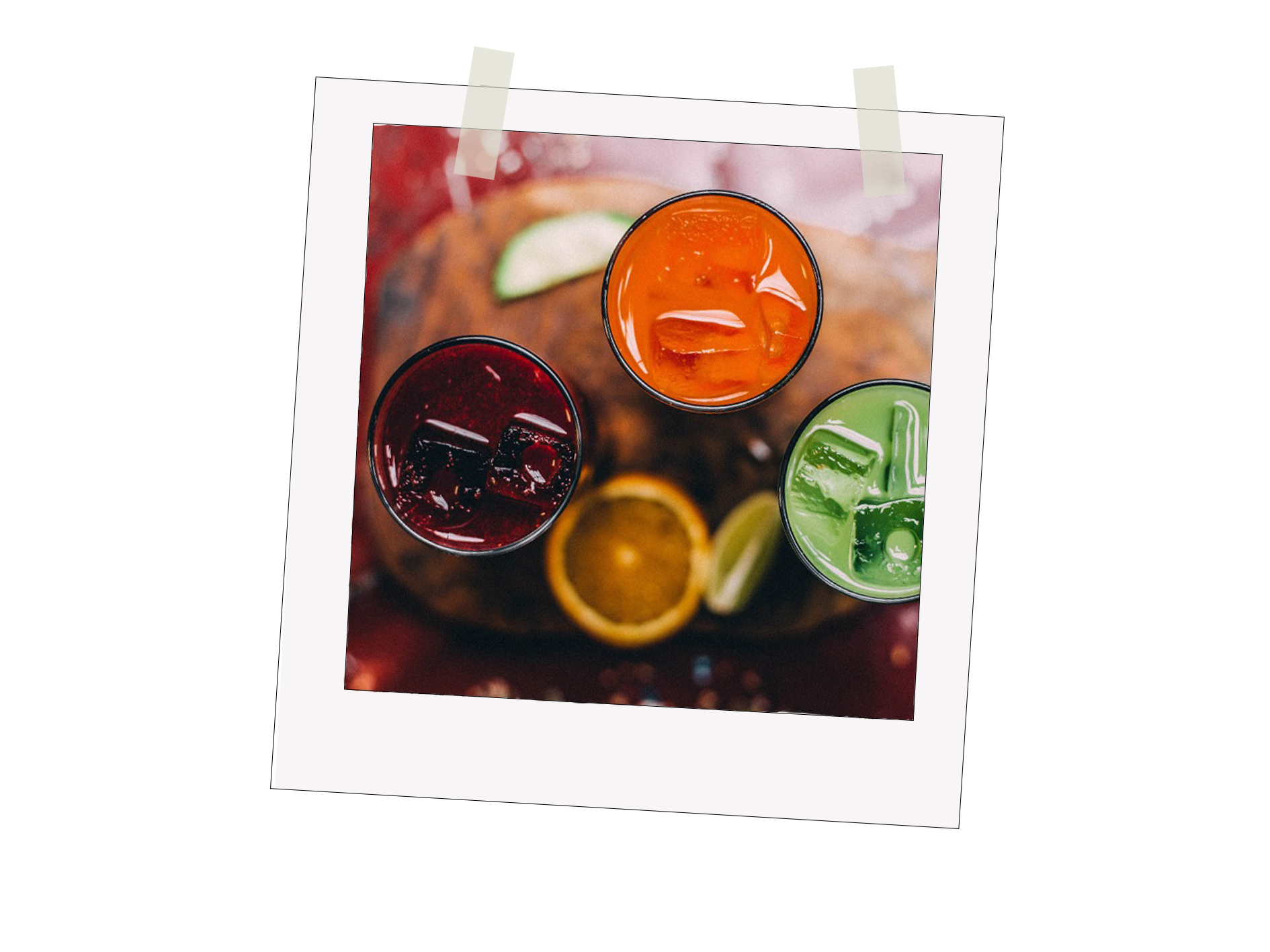
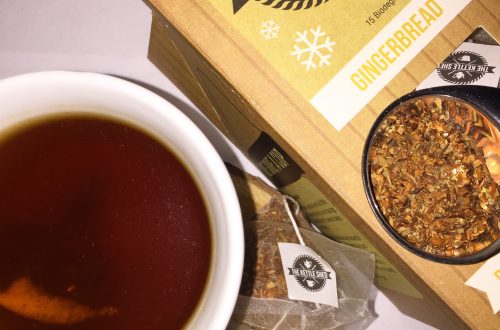
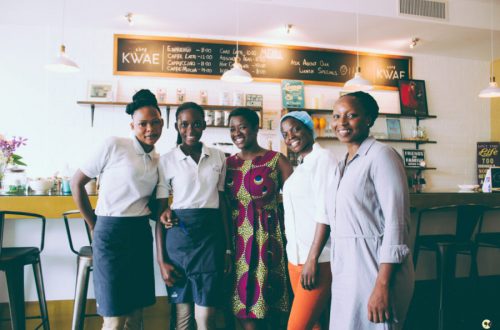
One Comment
Karen Felton
Looks a amazing place